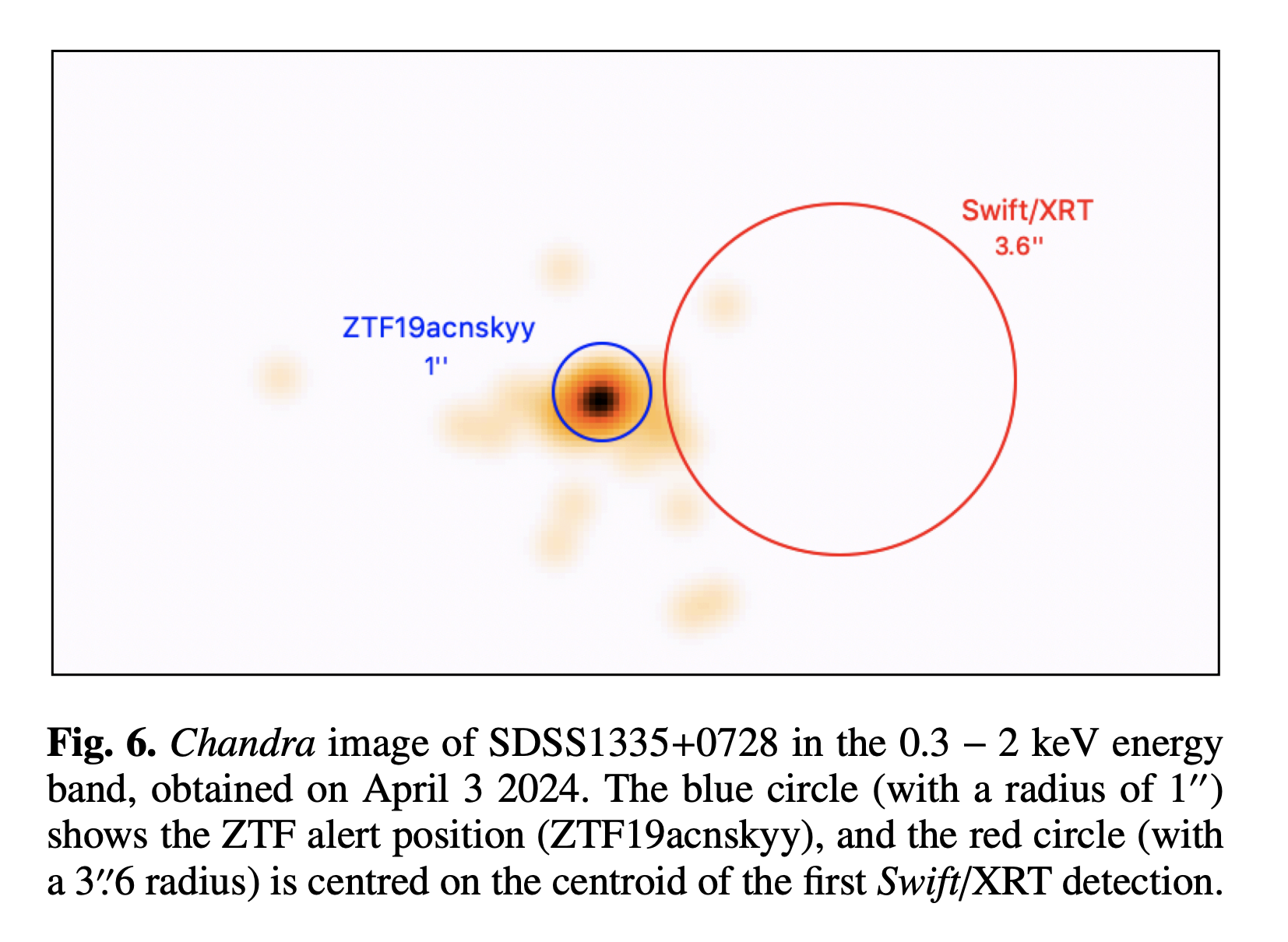Some Observation - no theories, just pure discoveries



From the article: "Structural insights into photosystem II assembly" - link below, you may need a University login to access from proquest.. the introduction is exciting though...
Structural insights into photosystem II assembly
Photosystem II (PSII) is the only enzyme that catalyses the light-driven oxidation of water, a thermodynamically demanding reaction that drives photosynthesis, sustaining life on our planet.
This multisubunit membrane protein complex is located in the thylakoid membranes of cyanobacteria, algae and plants.
PSII strips electrons from water and injects them into the photosynthetic electron transport chain. It forms a homodimer with a molecular mass of ~500 kDa, with each monomer composed of at least 20 protein subunits and numerous cofactors, including chlorophylls, quinones, carotenoids, lipids, bicarbonate and the unique Mn4CaO5 cluster.
A non-subscription article at Phys.org
Another article - University access required - Science Journal
Prometheum chemical combination - the 61st Element
Abstract from article "Observation of a promethium complex in solution"
Lanthanide rare-earth metals are ubiquitous in modern technologies, but we know little about chemistry of the 61st element, promethium (Pm), a lanthanide that is highly radioactive and inaccessible. Despite its importance Pm has been conspicuously absent from the experimental studies of lanthanides, impeding our full comprehension of the so-called lanthanide contraction phenomenon: a fundamental aspect of the periodic table that is quoted in general chemistry textbooks. Here we demonstrate a stable chelation of the 147Pm radionuclide (half-life of 2.62 years) in aqueous solution by the newly synthesized organic diglycolamide ligand. The resulting homoleptic PmIII complex is studied using synchrotron X-ray absorption spectroscopy and quantum chemical calculations to establish the coordination structure and a bond distance of promethium.
Link - Sceientific American Article
The 'turning on' (Activation) of a black hole whose mass is 10 to the 6th power times the mass of our sun.
Article title "SDSS1335+0728: The awakening of a ∼ 106M⊙ black hole⋆"
"These giant monsters usually are sleeping and not directly visible."
"Scientists for years thought the galaxy SDSS1335+0728 was about as remarkable as its serial code name.
Then it did something scientists had never seen a galaxy do: Suddenly, this frankly forgettable space neighborhood 300 million light-years away threw the lights on. That happened nearly five years ago, and it's only gotten brighter since."

Astronomy and Astrophysics journal article
A Interesting Supernova in dual star system - doing its thing - starting 1975, and still glowing, pretty hot, and getting hotter - which is odd
From the Phys.org article:
Between April and September 1975, the binary system HM Sagittae (HM Sge) grew 250 times brighter. Even more unusual, it did not rapidly fade away as novae commonly do, but has maintained its luminosity for decades. Recently, observations show that the system has gotten hotter, but paradoxically faded a little.
HM Sge is a particular kind of symbiotic star where a white dwarf and a bloated, dust-producing giant companion star are in an eccentric orbit around each other, and the white dwarf ingests gas flowing from the giant star. That gas forms a blazing hot disk around the white dwarf, which can unpredictably undergo a spontaneous thermonuclear explosion as the infall of hydrogen from the giant grows denser on the surface until it reaches a tipping point. These fireworks between companion stars fascinate astronomers by yielding insights into the physics and dynamics of stellar evolution in binary systems.
Hubble Image:

Link - The Astrophysical Journal article
Wow :)